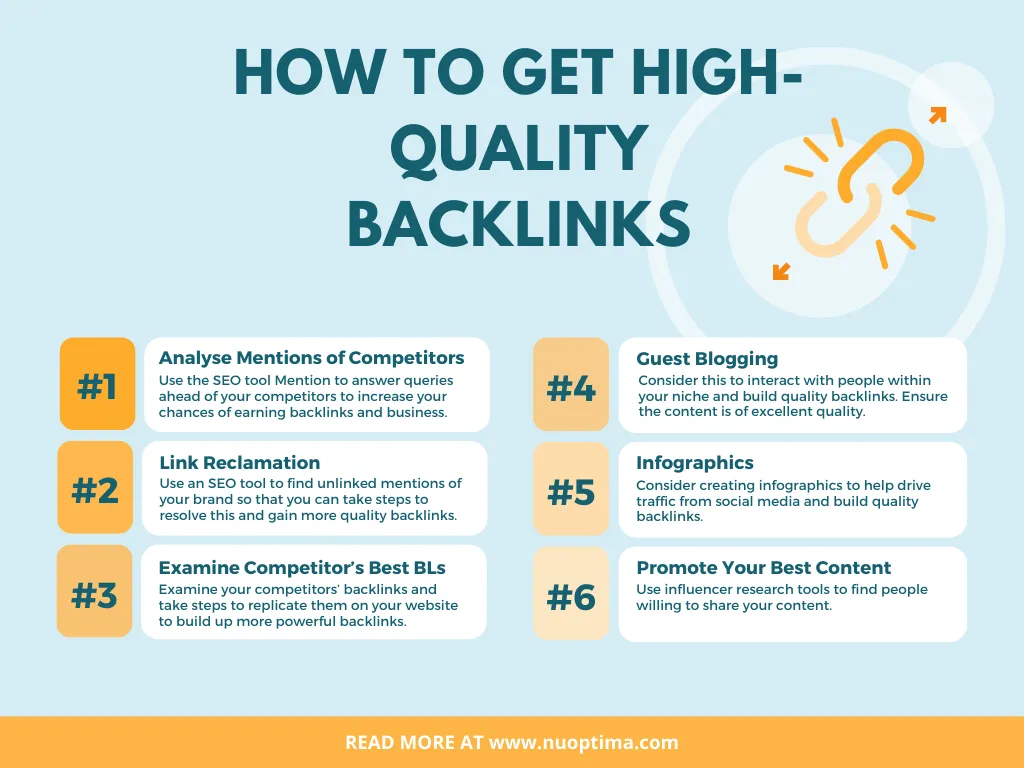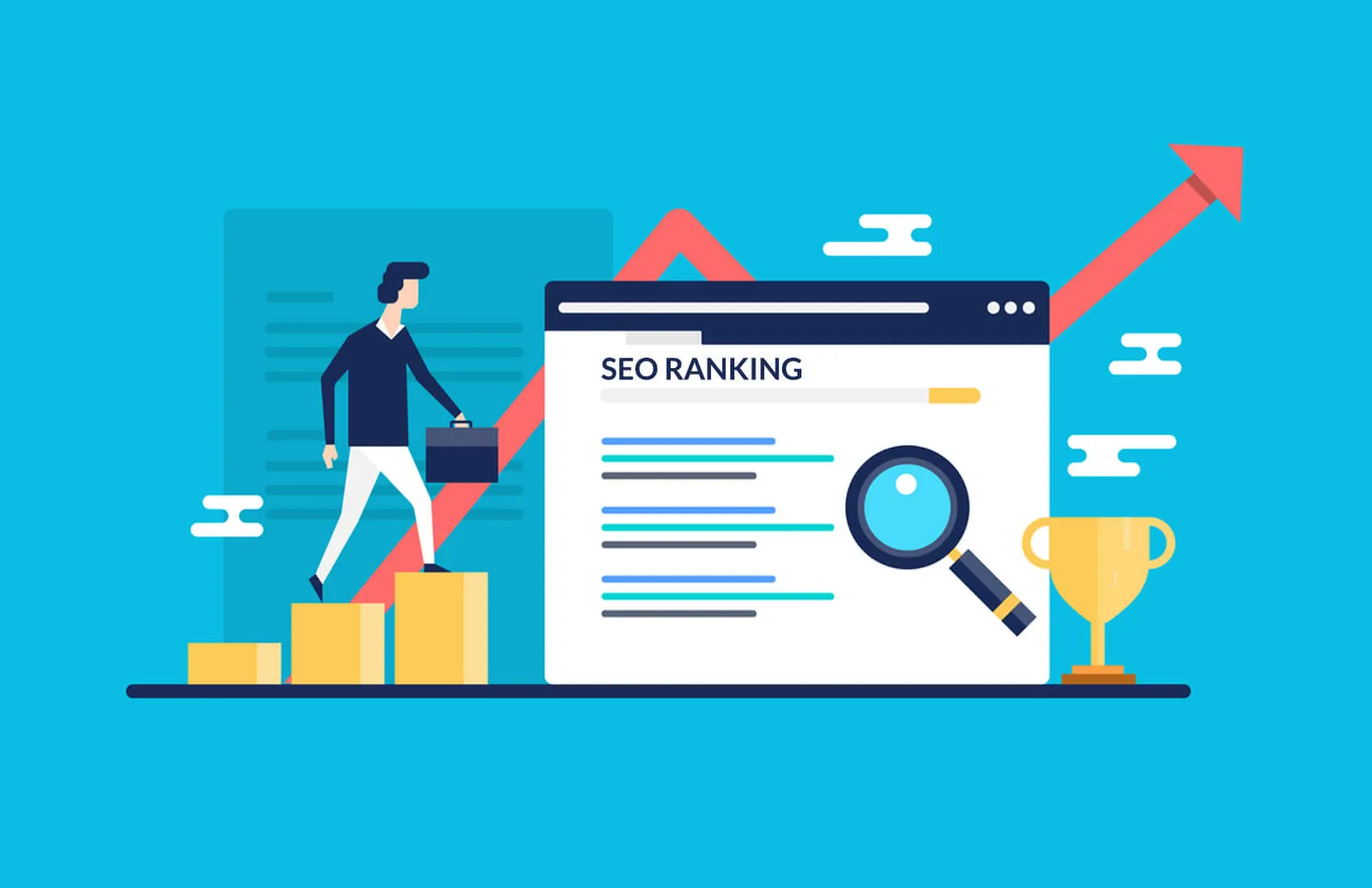Introduction
In this digital market, everything goes fast. Waiting for SEO to show results in months can be frustrating sometimes.
There are ways out. This article is going to take you through actionable steps on how to achieve faster SEO results, ensuring that your website’s rankings are higher in less time.
Understanding the Basics
Before moving on to more advanced strategies, make sure that your base is strong. SEO success lies at the core of a few factors: keyword research, quality content, technical optimization, and links.
Without these basics in place, attaining faster results will prove difficult.
1. Optimizing Core Web Vitals
Google’s Core Web Vitals are important. They are measurement indices for the user experience on your website. There are three major areas to focus on in this:
- Largest Contentful Paint LCP: Fast loading speed improves.
- FID(First Input Delay): Make My Site Interactive.
- CLS(Cumulative Layout Shift): Make Things Not Jump Around onPage.
There you go. That’s how you ensure this other part of your website instantly ranks higher by enhancing these metrics.
2. Focus on Pages with High Traffic Potential
Not all pages are created equal in the eyes of Google. There will typically be a handful of pages that drive over half of all your site’s traffic. Think blog posts, landing pages, product pages it will differ depending on your site type.
Using an analytical tool like Google Analytics allows you to spot those high traffic potential pages. Focus on your optimization.
3. Leverage Long-Tail Keywords
Because they are more detailed and not as strongly competitive, targeting long-tail keywords may bring about quicker rankings.
Use tools like Google Keyword Planner or Ahrefs to find the long-tail keywords. Include them naturally in the content.
4. Update and Republish Old Content
Content decay is real, and the older posts tend to slowly lose relevance and ranking. Refreshing and republishing such posts with updated information often provides a much-needed traffic boost.
Add new insights, enhance readability, and optimize for the latest SEO trends.
5. Build Quality Backlinks Quickly
Backlinks are still a robust ranking factor. But it takes time to get them organically. Make the process faster by:
- Guest Blogging: Guest post on renowned niche-specific sites.
- Broken Link Building: Find broken links on other sites and suggest your content as a replacement.
- Resource Pages: Get listed on resource pages that link out to valuable content.
These tactics can help you build a strong backlink profile faster.

6. Implement Schema Markup
Adding schema markup makes it easier for search engines to understand your content. Structuring your data on-page can improve an entity’s appearance for SERPs.
It can push click-through rates from rich snippets with star ratings or FAQs and lead to a quicker return.
7. Improve User Experience (UX)
Good user experience means users will engage more with your site, thus reducing bounce rates and increasing your search ranking. Focus on:
- Mobile Optimization: Make your site relevant for mobile devices.
- Simple Navigation: Streamline the structure of your website.
- Inviting Content: More attractive and presentable content with the use of images, infographics, and videos.
These can ultimately result in faster changes in SEO.
8. Use Internal Linking Strategically
Internal links help to spread page authority to the entire website. From the high-authority pages to those pages which belong to new pages or those not performing up to the mark,
will help to attain an urging rank. Use important keyword phrases in the anchor text but avoid over-optimization.
| Strategy | Impact Level | Time to See Results |
| Core Web Vitals Optimization | High | 1-3 months |
| Prioritizing High-Impact Pages | High | 2-4 weeks |
| Long-Tail Keyword Targeting | Medium | 2-6 weeks |
| Content Update and Republishing | Medium | 1-3 months |
| Quality Backlink Building | High | 2-4 months |
| Schema Markup Implementation | Medium | 1-2 months |
| UX Improvements | High | 1-3 months |
| Strategic Internal Linking | Medium | 2-4 weeks |
Facts and Figures
- 75% of users never scroll past the first page of search results.
- 50% of search queries are four words or longer (long-tail keywords).
- 53% of mobile users leave a site that takes longer than three seconds to load.
- 67% of clicks go to the first five results on Google.
- 90% of web pages get no organic search traffic from Google.
Pros
- Quicker Traffic Growth: Implementing these strategies can lead to faster traffic increases.
- Better User Engagement: Improving UX and content can result in higher engagement rates.
- Competitive Edge: By acting swiftly, you can outpace competitors in your niche.
Cons
- Requires Consistent Effort: Achieving faster results demands ongoing work and monitoring.
- Potential for Mistakes: Rushing SEO can lead to errors like over-optimization, which could hurt rankings.
- Resource Intensive: Some tactics, like backlink building, require significant resources.
Conclusion
Getting faster SEO results is possible with the right approach. By focusing on key areas like Core Web Vitals, high-impact pages, and quality backlinks, you can accelerate your progress.
Remember, while speed is important, maintaining a high standard of quality is crucial for long-term success.
Related Post:
How AI is Revolutionizing Healthcare in 2024: What You Need to Know
FAQs
1. Can I achieve faster SEO results without backlinks?
Yes, but backlinks significantly speed up the process. Focus on on-page SEO, content quality, and user experience as well.
2. How often should I update old content?
Aim to refresh content at least once a year. However, if a post sees a sudden drop in traffic, consider updating it sooner.
3. What are the risks of focusing too much on speed?
Rushing SEO can lead to mistakes like keyword stuffing or poor-quality backlinks, which can harm your rankings.


1 thought on “How to Get Faster SEO Results: 8 Ways To Increase”